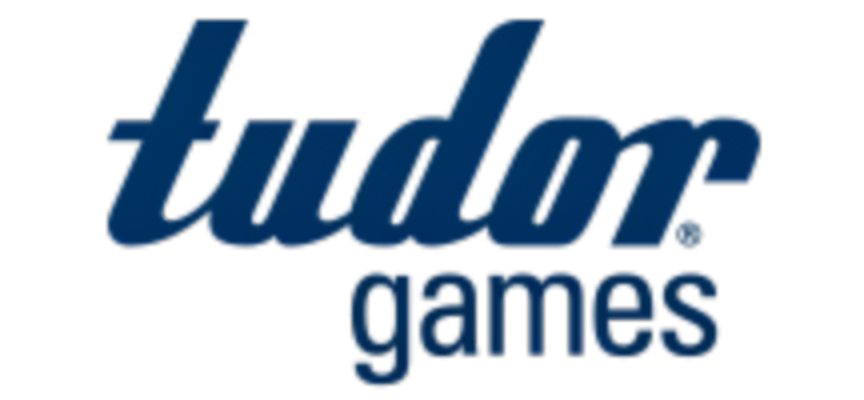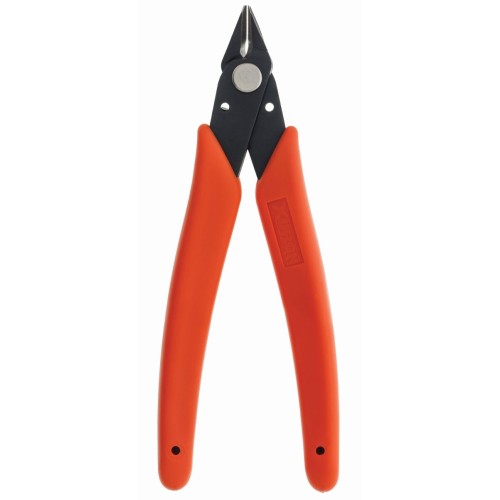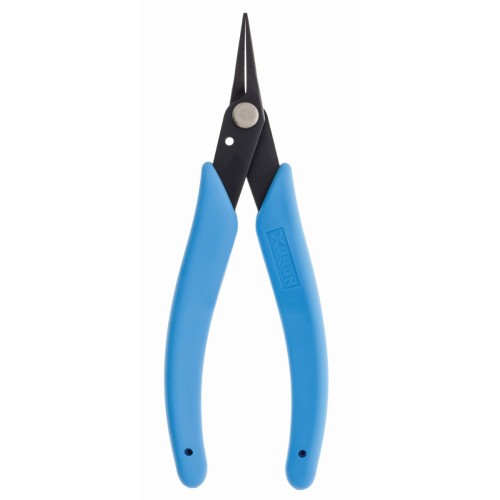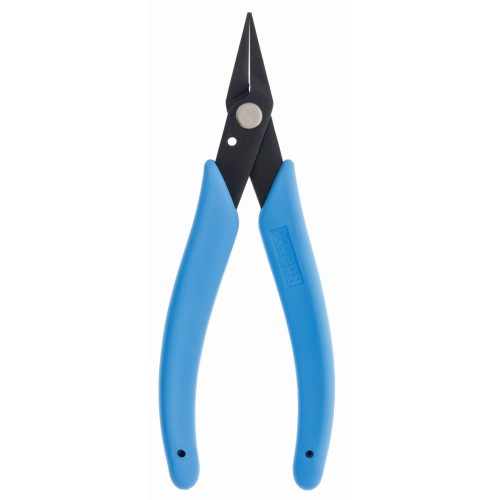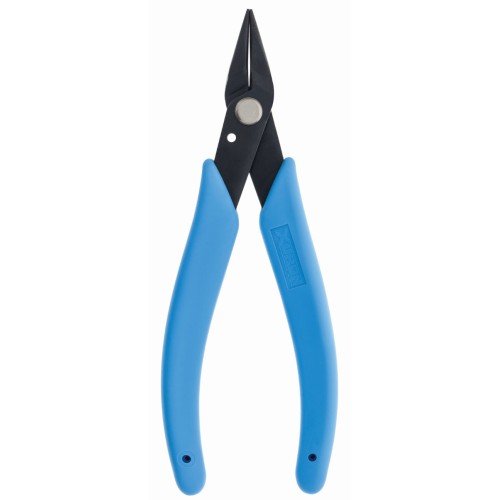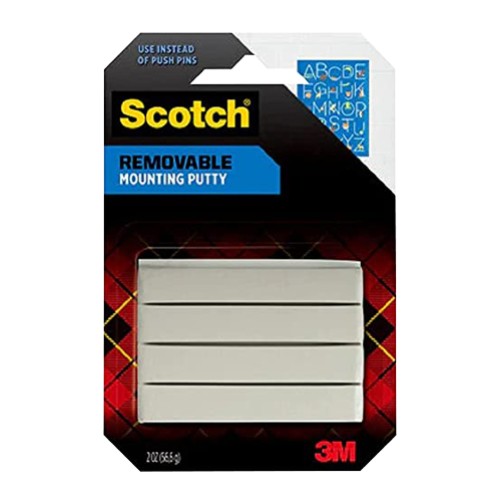
Training Camp
Choosing, Training, and Tweaking Bases
Bases are the key to winning in Electric Football. Learning how to manipulate bases is an invaluable skill to have when playing this game. In football, players have different talents and abilities. Your bases also have different talents and abilities. In fact, right out of the box, no two bases are alike. To find your strongest bases, line up any two players with bases attached head to head and switch on the power. The player with the stronger base will push the other player backward. To test for speed, make your players run a 40-yard dash and see who wins. Try your bases with different player poses, as the balance and pose of the player can make a difference.
Offense
Offensive Line: On the offensive line, speed isn't the issue--it's strength. You want the strongest players for your line. Outfit them with TTC shells with strong spikes and Invisibase Strength Cleats. You want good blockers to give your quarterback time to throw the ball. Use them to push people around, opening holes in the defensive line for your running backs to shoot through.
Running Backs and Blocking Backs: You need speed and directional capability for your main back, so use Rookie bases, TTC fast bases, and Invisibase Speed Cleats. You want the main back to slip between the linemen, so consider sliding your Speed Cleats toward the center, angled like a snowplow for a focused punch. Be aware that if you place your Cleats too close to the center, you will create a running back that falls down easily. For your blocking backs, use Rookie bases, TTC strong bases, and Invisibase Strength Cleats.
Quarterback: At quarterback, your choice of bases will depend on the play and on the rule set. Some leagues prohibit the quarterback from being a lead blocker. In this situation, use a Rookie or TTC or Invisibase Strength Cleat worn backwards, or a set of Speed Cleats set in opposite directions, so that the quarterback can spin in the pocket or immediately get out of the way of the running backs, simulating a hand off. If you allow the quarterback to be a lead blocker, use any type of base, depending on the play called. Use the same base options for the TTQB.
Receivers: You need speed, the ability to slip past a defender, and control so you can run a good route. You want any shell with fast spikes or use Speed Cleats and angle them to hit the seam or go deep.
Tight Ends: The tight end needs to block and also needs to slip out and catch a pass. Depending on the play you're calling, use any kind of shell, spike, or front and either Speed Cleats or Strength Cleats.
Defense
Defensive Line: When you want your linemen to hold their position, stay in their lane, and make a tackle on a running back that comes near, use shells with strong spikes or Strength Cleats. When you want your linemen to penetrate the offensive line, give them shells with fast spikes and rounded fronts, or Speed Cleats and adjust them to glide around the sides of the offensive linemen. Mixing and matching action figures and bases on the line can take your game to the next level.
Linebackers: Linebackers must do two things. First, they need to help the linemen stop the run. Second, they need to drop back in pass coverage. All base types are useful. Because of their unique duties, you may want many different types of bases for linebackers. Expecting the run? Swap in shells with strong spikes and Strength Cleats. Looking for the pass? Have some shells with fast spikes and Speed Cleats on standby. Want to blitz the quarterback? Use fast shell bases with rounded fronts and Speed Cleats angled like a snow plow.
Cornerbacks and Safeties: The cornerback's main job is to keep the receiver from getting open. He must outrun the receiver in case the receiver breaks free and catches the ball. The safety must catch any player that gets past the line or any receiver who gets free from the cornerback. Use the fastest shell or Speed Cleat configuration you can create and place them on backwards. You can also simulate a zone with a fast TTC shell by turning the dial to run in circles.
Training and Conditioning Bases
Choosing the right base for the right player and position is absolutely key to your success. All bases offer you different advantages. Once you get a base trained for a certain position, do not change it. To get bases to work your way, see the How To videos on this site. After training your players and bases, you may want to get more teams and bases so you can have dedicated offensive, defensive, and special teams.
Tweaking Bases
Electric Football can be enjoyed on many levels from solo or solitaire play, family game night, league play with friends, all the way to participating in national tournaments. The key to having success at more competitive levels is the ability to tweak your bases to perform the way you want them to. Tweaking can take some trial and error, but it is very rewarding when you get that perfect tweak on a base combined with the right figure. That player can become the star of your team! Put together a team of stars, use your strategy, and you could be winning tournaments in no time.
Your goal is to get your bases to do different things: run straight as a running back might, to arch and run routes like a wide receiver, and to stay in position or push forward with the strength of an offensive or defensive linemen. There are some basic tools needed to get the maximum performance out of a base by tweaking it. A flat-nosed smooth-mouth plier is your main tool. Warming the plier under warm water can help too. With this and other tools and some practice you can create bases that will do almost exactly what you want them to do. See the video How To section for more information.
Tweaking: The Basics
Choose a figure and a base. Keep in mind that a figure will affect the way a base runs based on how its weight is distributed. Many times a base that naturally arches right with one figure may run straight with another figure. If after tweaking a base you don't get the performance you had hoped for with the chosen figure, experiment with it on other figures. You may find a combination that is ideal for another player position. Start by lightly brushing the spikes back with your finger toward the back of the base giving them a slight angle rearward. Test the figure/base combo on the field to see what it does naturally. In most cases it will go forward or turn in a tight circle, but you will likely find some bases that give you the desired result with very little tweaking necessary.
Expert Tip for Rookie Bases: To gain more strength with Rookie Bases, pull the two front outside spikes forward and the two inner front spikes backward. The back spikes can be pulled either backward or forward to make a player run right or left.
Expert Tip for TTC Bases: To find the strongest TTC bases, switch the wheels from base to base after each testing session to find the best combinations. Curl the back spikes toward the back of the base to improve speed. Do this by pulling the spikes toward the rear of the base.
Tweak a Base to Run Straight
After observing the results of your initial test, let's say the base turned left and you want it to go straight. A base turning left means that the spikes on the left side are shorter than the ones on the right. With your smooth mouth plier lightly pull on the front spike or spikes on the left side of the base to make it an even length with the right side spike(s). Test again and continue to adjust in small increments until the base goes straight. Getting all spikes as even in length as possible will generally make the base move straight.
Tweak a Base to Arch or Turn
Bases that run straight are not always the best strategy for your game. More often than not a figure that has a slight or even extreme arch can give you more versatility in your strategy than a figure that just moves straight ahead. Tweaking to achieve an arch is just as important and follows the same process as getting a base to run straight except that now you want one set of spikes on one side of the base to be slightly shorter causing the base to turn or arch in the direction of the shorter spikes. These bases are especially effective for use on running backs that will sweep around the offensive tackles, on wide receivers that are running hooks or slants, and on linebackers that loop around the offensive line to blitz the quarterback.
Training Camp

Xuron Micro-Shear Flush Cutter
Xuron cutters are precise and durable, comfortable to use and deliver excellent results. A unique, s..
$24.95
Xuron Tweezer Nose Smooth Face Plier
We call this a'tweezer nose' pliers because the blades are fine, precise, and match perfectly and sm..
$26.95
Xuron Duck Bill Long Flat Nose Smooth Face Plier
This is the flat nose (duck bill) plier. Its flat, square, smooth blades are perfect for tweaking ba..
$24.95
Xuron Round Nose Smooth Face Plier
Pliers are used as an extension of the hand, especially for fine detail work. They need to be precis..
$26.95
Removable Adhesive Putty for Weighting Bases
This reusable adhesive is great for weighting your player and base combinations. With this material,..
$4.95
